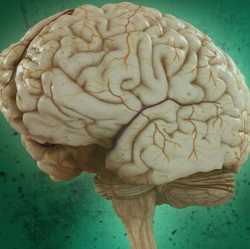
Researchers at the University of California, San Diego and the School of Medicine have found that the three-dimensional shape of the cerebral cortex, the wrinkled outer layer of the brain controlling many functions of thinking and sensation, strongly correlates with ancestral background.
The study, published online July 9 in Current Biology, opens the door to more precise studies of brain anatomy going forward and could eventually lead to more personalized medicine approaches for diagnosing and treating brain diseases.
"If we can account for a large percentage of brain structure based on an individual’s genes, we’re in a better position to detect smaller variations in the brain that might be important in understanding disease or developmental issues," said the study’s senior author Anders Dale, PhD, professor of radiology, neurosciences, psychiatry and cognitive science, and director of the Center for Translational Imaging and Precision Medicine at UC San Diego.
In their study, the researchers found they could predict with "a relatively high degree of accuracy an individual’s genetic ancestry based on the geometry of their cerebral cortex." They found no relationship between brain shape and functional or cognitive abilities, Dale said, but rather a trove of information about how minute differences in brain geometry could be correlated with genetic lineage.
"The geometry of the brain’s cortical surface contains rich information about ancestry," said the study’s first author, Chun Chieh Fan, MD, a graduate student in cognitive science. "Even in the modern contemporary U.S. population, with its melting pot of different cultures, it was still possible to correlate brain cortex structure to ancestral background."
